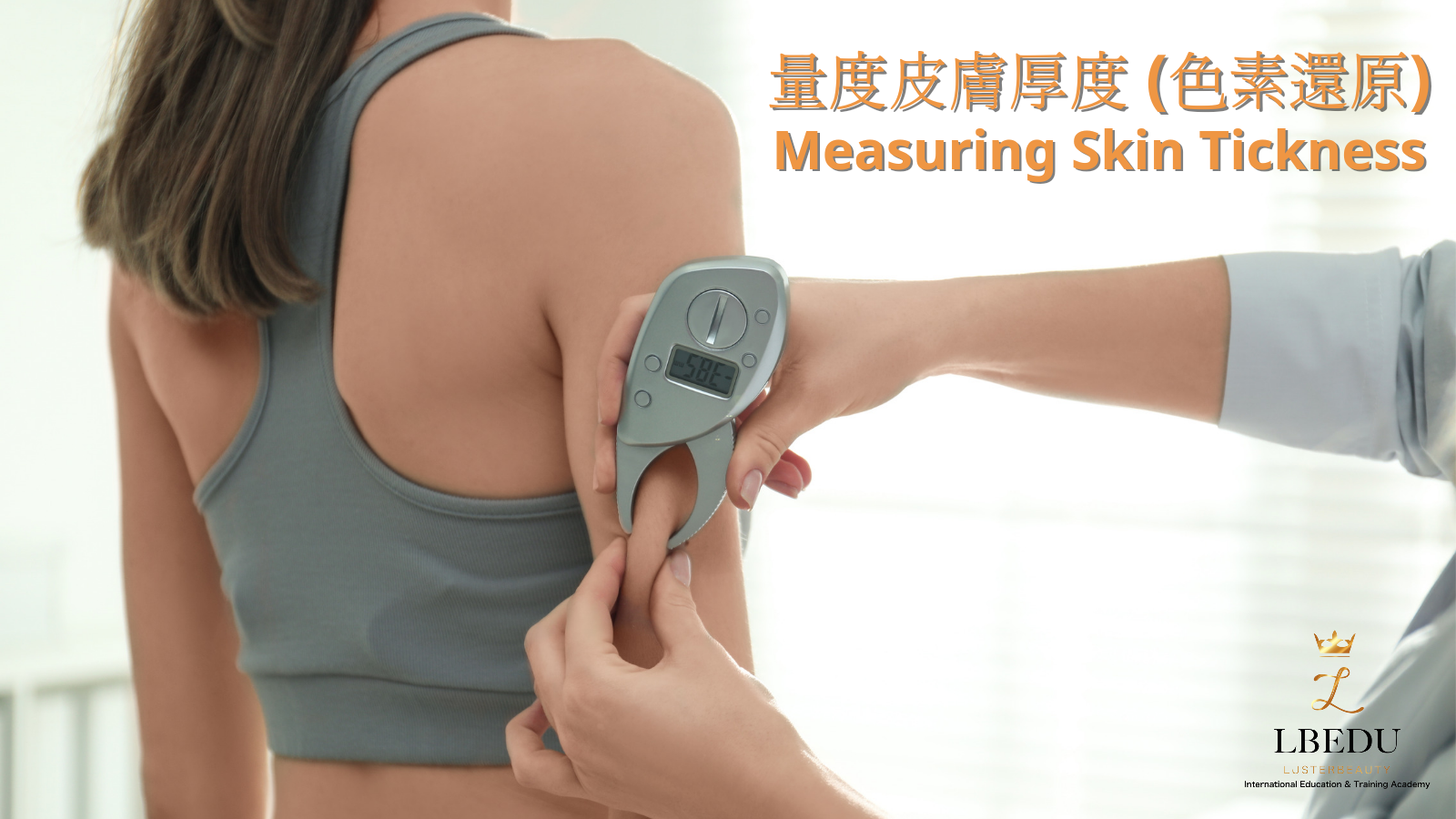Measuring Skin thickness (Skin cover)
 How we measure the thickness of the human skin and assess skin aging?
How we measure the thickness of the human skin and assess skin aging?
The measurement of skin thickness can be achieved through various methods, with the most common techniques including:
1. **Ultrasonic skin thickness measurement**: This is a non-invasive method that uses high-frequency sound waves to measure the thickness of the skin. An ultrasonic device emits sound waves that penetrate the skin and are reflected back. The device then determines the skin thickness based on the echo of the sound waves.
2. **Skin calipers**: Using this manual tool allows for the physical measurement of the skin. During measurement, a healthcare professional would gently pinch a section of the skin and use the calipers to measure its thickness.
3. **Optical Coherence Tomography (OCT)**: This is a non-contact, non-invasive measurement technique that employs light waves to scan the skin. It allows healthcare professionals to visualize the multilayered structure of the skin and measure its thickness.
4. **Magnetic Resonance Imaging (MRI)**: Although not specifically designed for measuring skin thickness, MRI can offer detailed cross-sectional images of the body, including the skin, which can also be used to measure skin thickness.
In a clinical setting, a combination of one or several of these methods is typically chosen to ensure accuracy and reliable repeated measurements. Measuring skin thickness aids in diagnosing certain conditions such as scleroderma and other fibrotic disorders, evaluating skin aging, and monitoring treatment progress (such as the effectiveness of cosmetic procedures). When applying these measurements in practice, the most suitable technique should be selected, taking into account the research purpose, cost, equipment availability, and necessary resolution.
